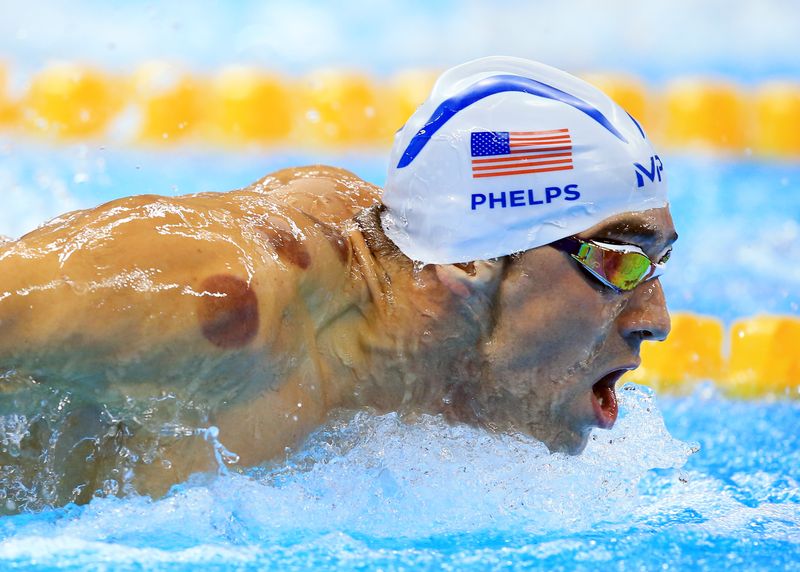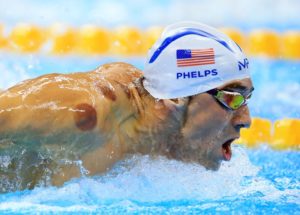Rio, 9 Dhulqadah 1437/ 12 August 2016 (MINA) – Turns out Michael Phelps and his pals at the Maria Lenk Aquatics Centre aren’t the only ones who use “cupping” therapy that leaves large purple dots on the body and has created curiosity among fans.
The cupping therapy has been used by Muslim and known as Hijamah methode for centuries. Prophet Muhammad pbuh used to do the therapy in his lifetime.
The therapy also is popular among members of the USA track and field team, according to Ralph Reiff, a sports performance expert who said he has worked with more than 100 members of the current U.S. Olympic team.
Reiff, executive director of the St. Vincent Sports Performance in Indianapolis, said the cupping advocates include LaShawn Merritt, who has recorded the top time in the world this year in the 400 meters.
Also Read: Spain to Take Israel to ICC Over Global Sumud Flotilla ‘Hijacking’
“It’s very much common in our practice,’’ Reiff said. “We’ve found it to be an effective alternative therapy to add to our toolkit of resources.’’
Cupping has been around for centuries in traditional Chinese medicine; it’s also used in the Middle East. Chinese medicine practitioners would say it helps open up channels of qi, or the body’s life force. Athletes claim it aids healing, recovery, and blood flow and reduces pain.
The large dots are created by heated glass cups placed on the skin, usually on the back, says Rachel Vreeman, MD, director of research at the Indiana University Center for Global Health and co-author of a series of books on medical myths (most recently, Don’t Put That in There! And 69 Other Sex Myths Debunked). “As the air trapped between the heated glass and the skin begins to cool, it creates suction against the skin,” she explains. The sucking causes small blood vessels under the skin to break, and a cup-shaped bruise to form.
The therapy can also be done using a mechanical device to create suction between the skin and the cup, Dr. Vreeman adds. Cupping may sound painful, but it’s not really, she says. “Basically, it feels like getting a hickey.”
While athletes use cupping as a recovery tool (the therapy is thought to stimulate blood flow), Dr. Vreeman points out that there’s little research behind it: “There are no health benefits to cupping documented in the scientific literature,” she says. “The only study I have seen … with any impact related to cupping is one that rigorously examined various therapies for back pain, and suggested that any impact from cupping was likely related to a placebo effect.”(T/R04/R03)
Also Read: After Release, Greta Thunberg Urges World Not to Look Away from Gaza
Mi’raj islamic News Agency (MINA)
Also Read: Dutch Medical Association Nominates Dr. Hussam Abu Safiya for Nobel Peace Prize


































 Mina Indonesia
Mina Indonesia Mina Arabic
Mina Arabic